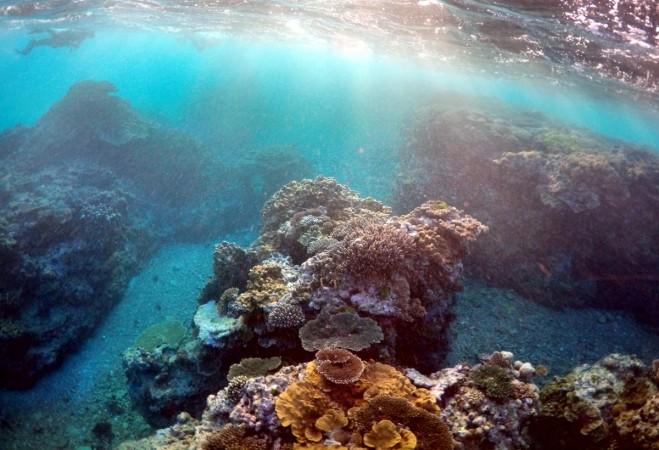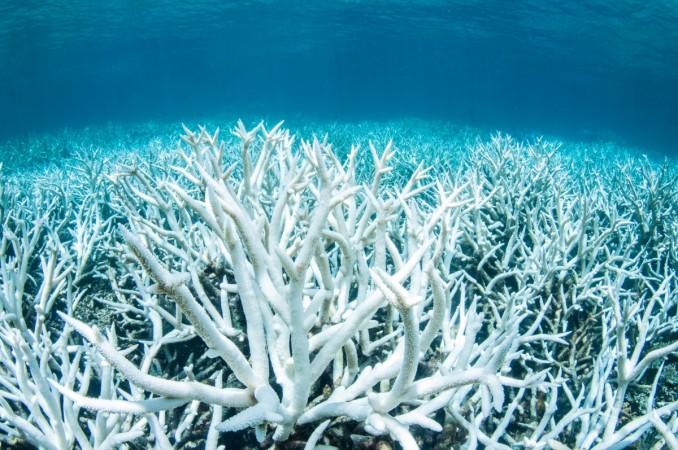Australia's Great Barrier Reef is dying. Warming sea is causing a bleaching event that is rapidly killing large swathes of the world's largest natural coral reef. The Reef, however, has been put through at least five near-death events in the last 30,000 years alone.
One such event happened 13,000 years ago when the last ice age ended, increasing sea levels worldwide. As seas rose, sediments carried over from other parts of the planet buried the Reef under a thick blanket of dirt, which cut off the sunlight that corals need to survive. This event, reports ScienceMag, killed vast stretches of the Reef. It survived that event, but it took many thousands of years for it to grow back to normal again.
A new study has found that such events where the Reef is almost fully wiped out has happened several times in the past and that it has somehow managed to live through such trials. While today's sea level rise is only about 10% the rate about 13,000 years ago, it is expected to rise rapidly in the coming years, notes the report.

For this study, researchers went in search of corals that might have lived on the sea floor beyond where the Great Barrier Reef is situated now using underwater sonar. After scanning the sea floor, 20 holes were drilled and samples of rock cores that contained fossil corals and sediments deposited over the last 30,000 years. This covers the last ice age as well as the warm years that followed it.
The study found that the entire Reef migrated back and forth in that time period and it closely tracked sea level changes that fluctuated 20 metres vertically for every thousand years or so. Lowest recorded sea level was 118 metres below what it is now and that happened about 21,000 years ago, with most of the water all trapped in polar ice caps.

If the water was so shallow, the researchers then started to wonder where the corals could have moved during the last ice age. "We were able to find it," says Jody Webster, a marine geologist at The University of Sydney in Australia and the lead author of the study. While the corals were able to keep up with the changes in sea level then, it was not always the case. Twice during the last ice age, falling sea levels exposed the Reef to the open air, say the researchers. Also, three times from 10,000 to 17,000 years ago, when glacial melt caused sea levels to rise rapidly, they were almost killed off.
This time, however, the scene is a bit different. While sea level rise is a definitely a problem, the more immediate threat is the warming of oceans, notes the report. This time the Great Barrier Reef might not survive. Heat waves through the seas have caused mass bleaching events. Corals under the stress of heat expel symbiotic algae that live inside their tissues, killing them out and leaving behind a white, bleached carcass.
In just one year- 2016 alone, which is the hottest year on record, about 67 percent of the corals living along the northernmost 700 kilometers of the Reef died. This time around, "Don't expect reefs to be able to bounce back quickly," says Mark Eakin, a coral reef ecologist at the National Oceanic and Atmospheric Administration in College Park, Maryland.


















